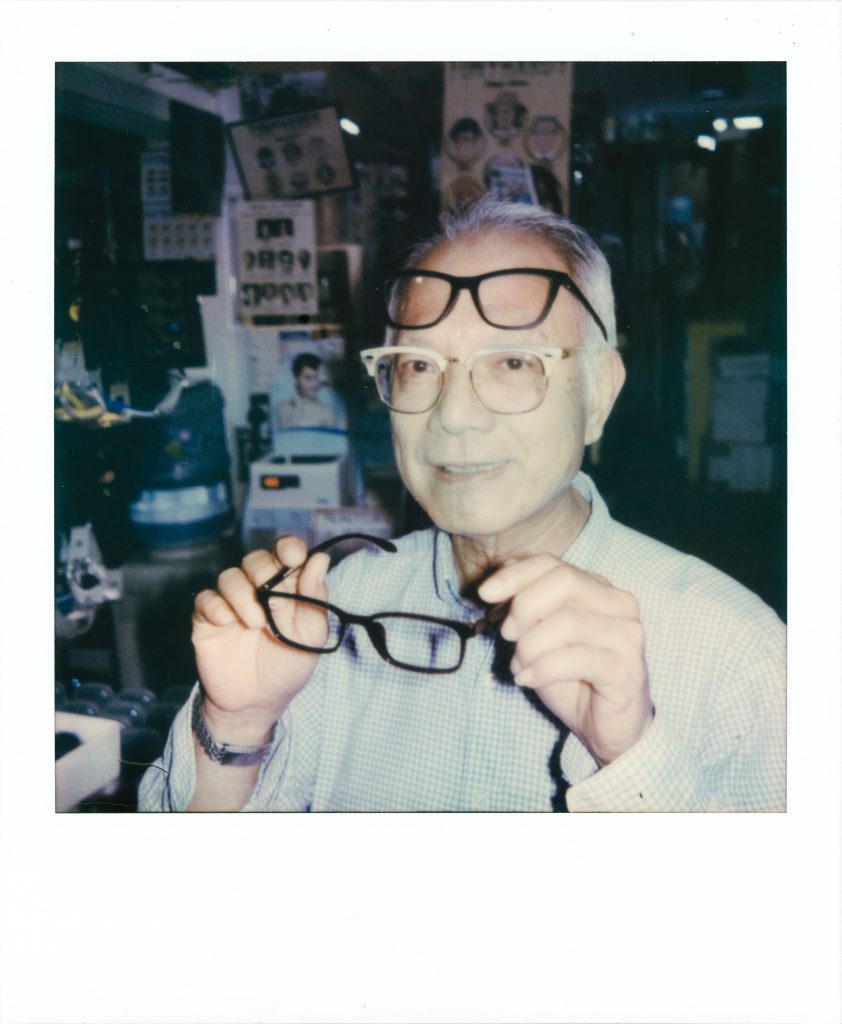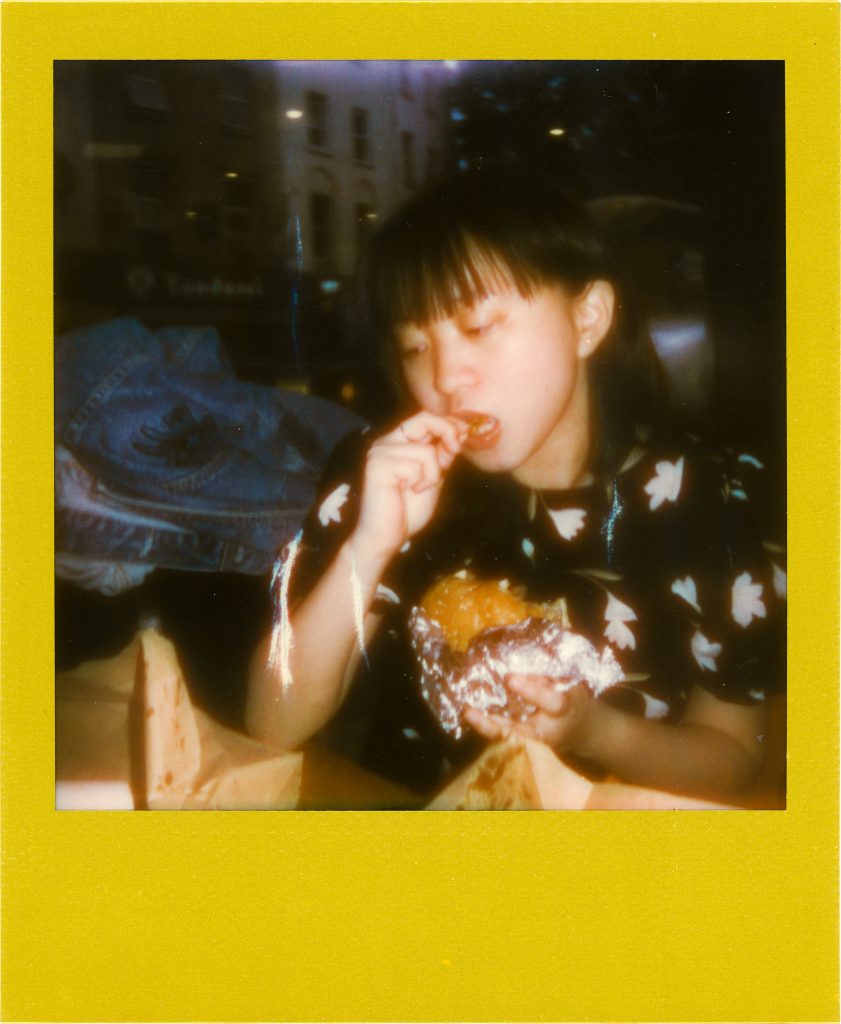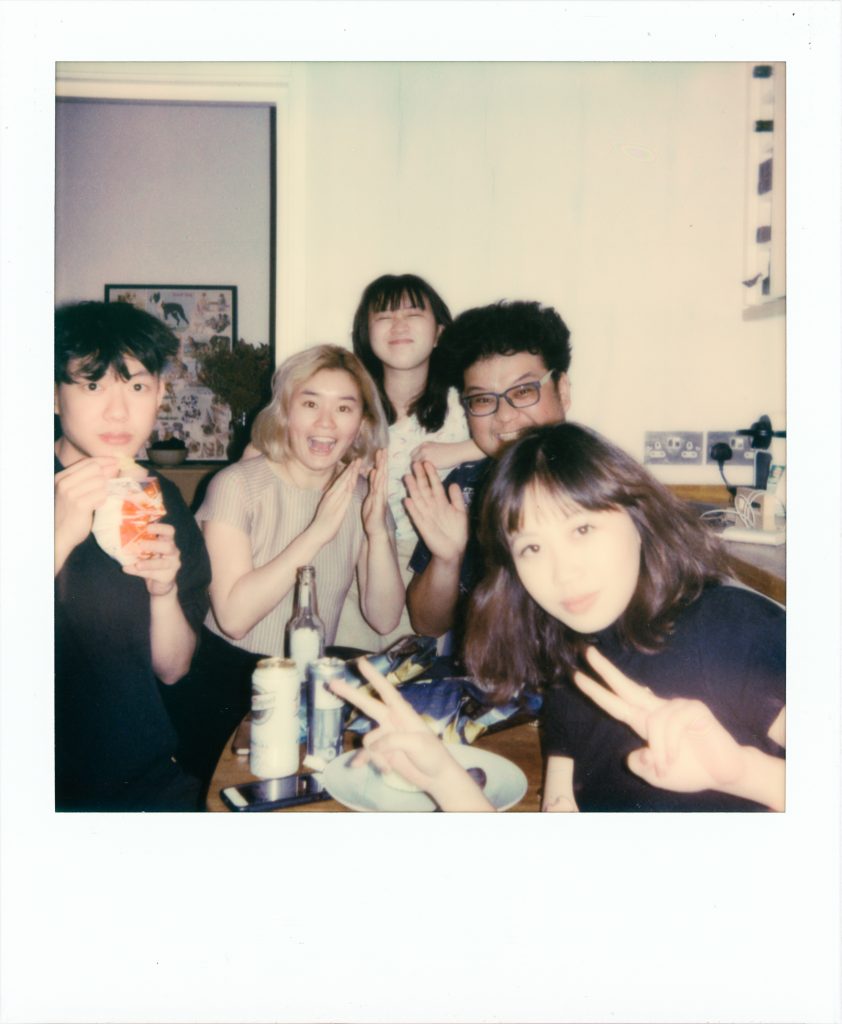This is part of a series where we invite photographers from the region to select images from their body of work, which serves as a catalyst for in-depth conversations about their process and inspirations.
Frank Zappa, famous rock musician and controversialist, once said: “The mainstream comes to you, but you have to go to the underground.”
And if you don’t know where to even begin looking for anything resembling an underground culture in a clean, green and efficient country like Singapore, look no further than into the photographs of Chris Sim (@zalindrome)—the guy practically lives there.
In recent months, he’s hung out with Crevice (@__cr3vic3__), a tattoo studio conceived by young art school undergrads pioneering a new wave of postmodern-tribal(?) tattoos, created a lookbook with Fassbender & Melloncollie, a local label that hand-dyes chaotically beautiful vintage pieces, and also low-key threw a pandemic-friendly party celebrating indie zine-makers, illustrators, DJs—you get the drift.
But Chris is also documenting life as it unfolds around him, it seems. The folks who pop up in his photographs aren’t just hippie subjects; they’re also friends, shot mid-way through late-night conversations and in the intimacy of dimly-lit rooms.
Still, there’s a certain undeniable vibe to his photographs that reveals Chris’ artistic sensibilities. His approach is what he calls “intentionally casual”, and it results in pictures that often feel both intensely private and stylishly expressive.
“I like to think that these pictures from my personal life vaguely posit the existence of another reality, where molecules vibrate at a slightly different frequency than the molecules of this reality we currently inhabit,” Chris says.
“Just curious enough that people let their literal gaze linger for a beat longer.”
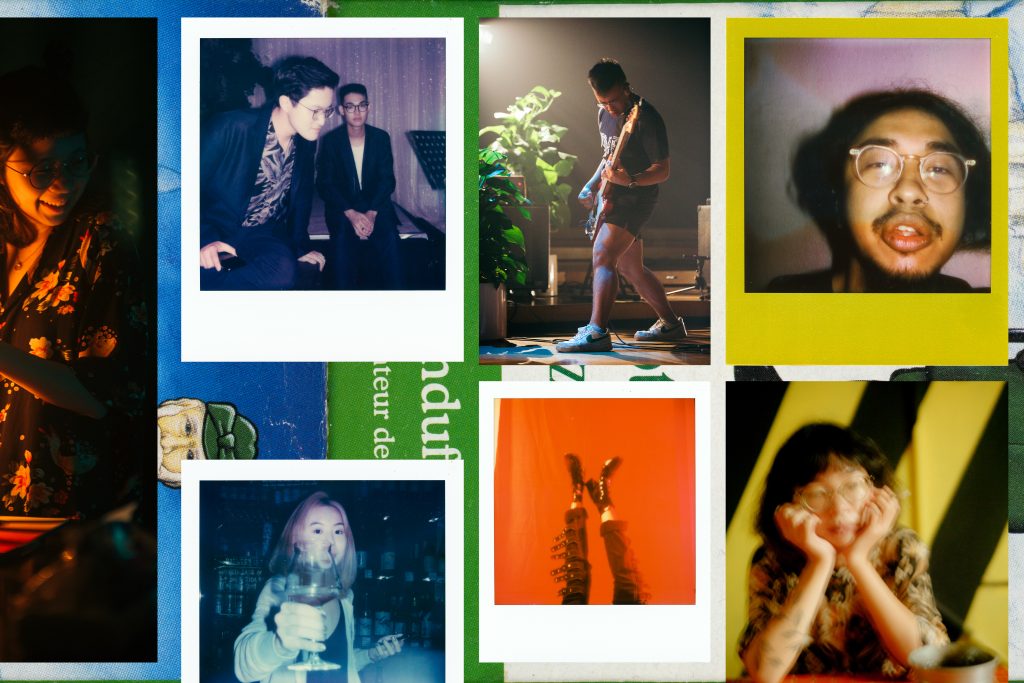
Hi Chris! It’s quite an eclectic collection of images we’ve ended up with here. To start things off, could you tell us more about the thought process behind some of these choices? Do you think that they’re a good representation of your style?
Chris Sim: I thought my selections were pragmatic, in that I wanted to provide you with a variety of recent work to look at, before we discussed specific photographs. I don’t think I have a fixed visual style yet, because I adjust my approach based on what I want to convey in the final image. Previous interviewers have picked up on the “energy” of people in my photographs, so I guess that’s what’s most consistent in my work.
We do have a mix of photographs here, some are more conceptual, while others are just simple polaroid portraits, and then there’re others still that are a sort of chapalang in-between. But I agree, there’s a consistency throughout that I would say comes from this feeling of intimacy and spontaneity in your photographs.
Chris Sim: Feelings of intimacy and spontaneity, as you noticed, are definitely things I seek to communicate and document. But it’s insincere and disingenuous to ask people to generate those feelings on demand. If they seem comfortable in front of my lens, it comes from the relationship I have with them. I never want them to feel othered. I have conversations with them before I raise the camera to my face.
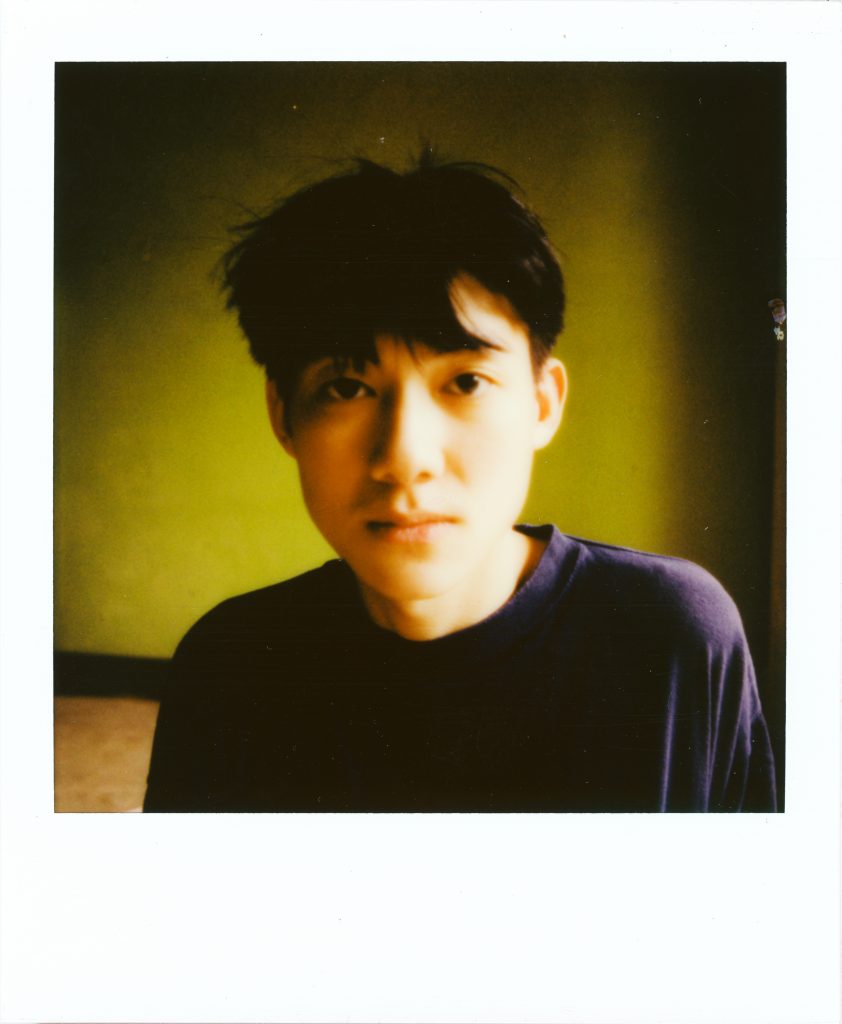
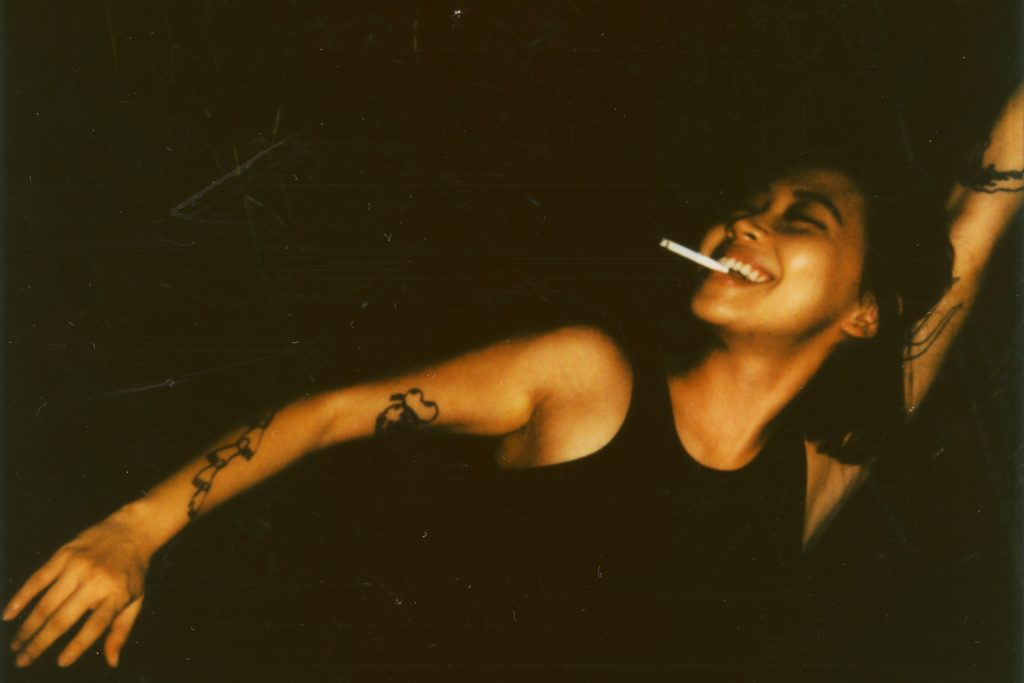
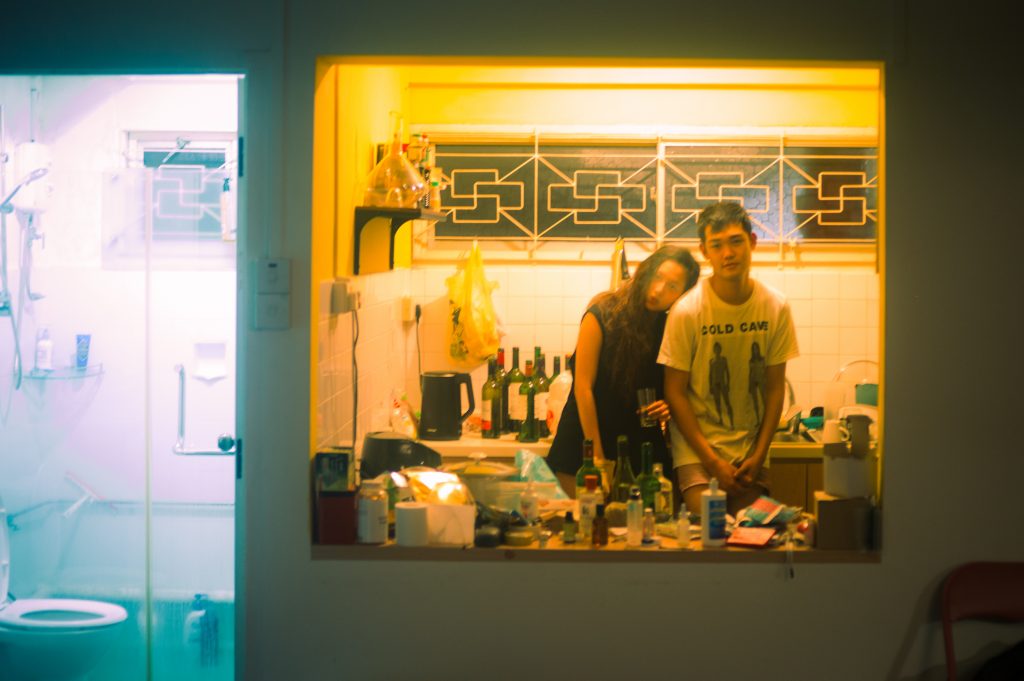
Your photographs, intentionally or not, provide a sort of documentary evidence of underground youth culture at home. This might sound absurd to you because you’re mostly just shooting your friends and having fun, but for a wider audience, these photographs provide a glimpse into the lives of young, independent artists operating across different mediums. What do you think about this? And is there something that draws you towards these people?
Chris Sim: I enjoy and heartily welcome discussing interpretations of my work based on the viewer’s gaze because the work doesn’t exist in a vacuum; this participatory process is central to my belief in creating inclusive experiences across my creative endeavours.
People do see youthful energy, and of course youthful persons, in my pictures – that’s a corollary of documenting my life, those are the people I’m spending time with right now. (I photographed a lot of gigs in the past few years, for example, so some recurring faces in my work come from the music industry.)
“Underground culture” carries provocative implications, although I can understand if the viewer projects some degree of exoticism. Really, these are all people who spend most of their time on commercially viable endeavours. But human beings rarely live to generate capital, they do it to live. So when that part of their day is done and they get to do what they’re actually passionate about in a space where nobody is tracking their keystrokes, that relief is akin to taking off your underwear when you come home.
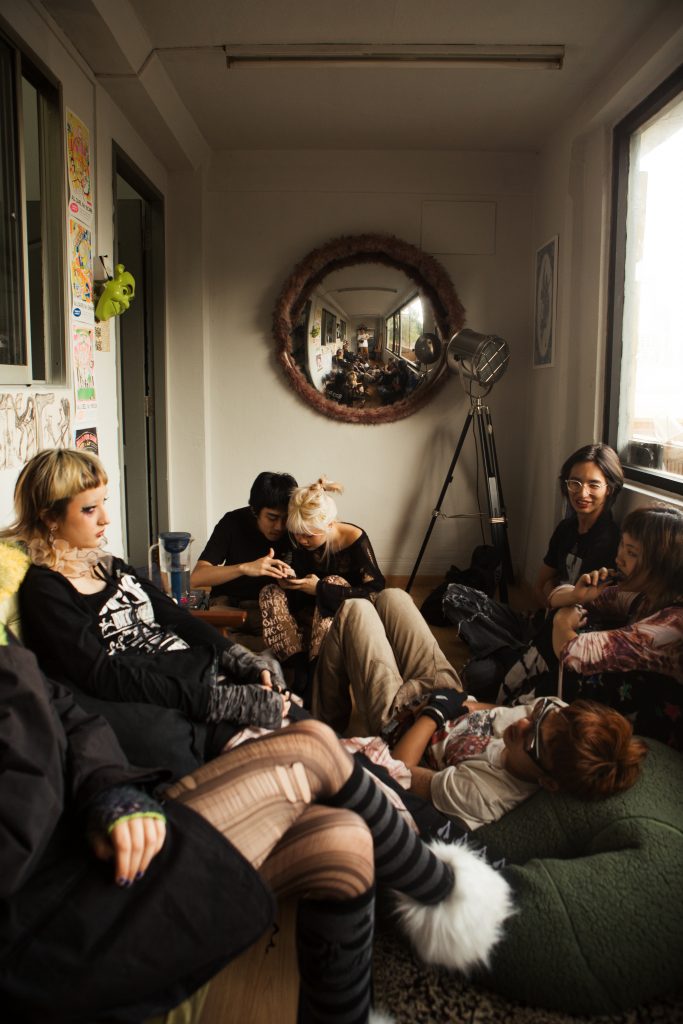
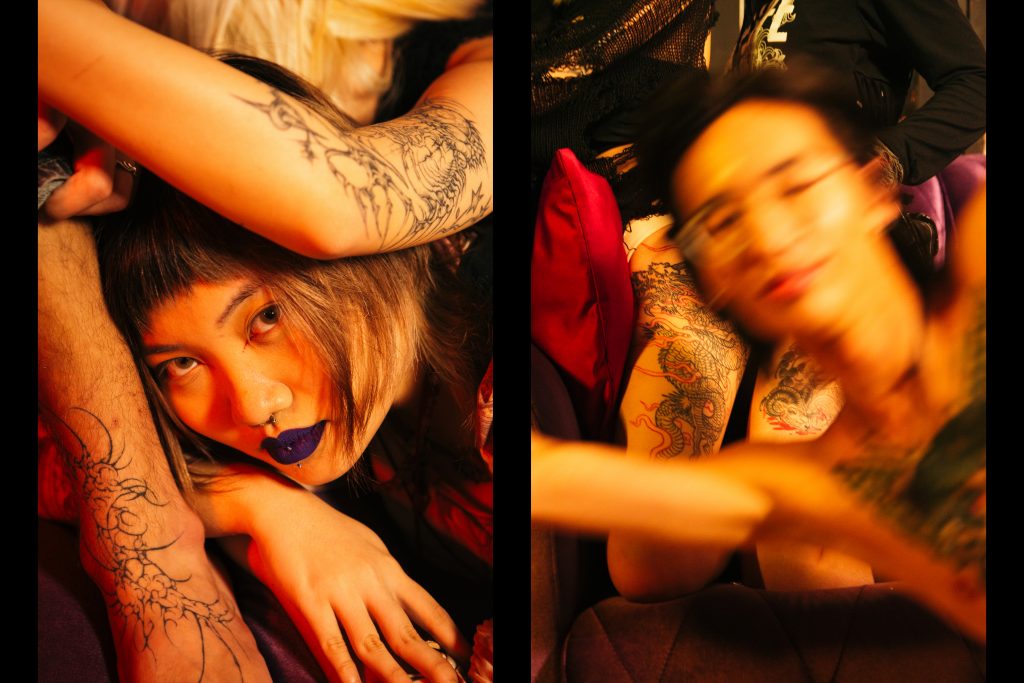
These kids above, who you call a part of the ‘Pearl’s Hill Syndicate’, they might just be the very personification of Gen Z cool. How are they like in real life though?
Chris Sim: Oh, they’re a goofy bunch. qowomo and noseypokey are hilarious. You should check out noseypokey’s birthday Tiktok, her Haidilao birthday dance is funnier than anything Yeolo’s put out in his entire career. As for Marty, I met her for the first time a few years ago at a rave someone hosted in a Sichuan restaurant. It was on the first floor of a shophouse, way after hours, and they had pushed the furniture to the side to create room for dancing. That was fun!
The name “Pearl’s Hill Syndicate”, I gave it to them in my post’s caption, as a jab at how society at large still associates tattoos with criminal behaviour. As someone who has tattoos and is interested in tattoo culture, I was naturally drawn to their work.
Singaporean studios mostly house artists that make photorealistic or ornamental work, but for Crevice’s artists, their style is so fresh that… it’s quite difficult for me to describe. If you’ve seen early Bionicle animations, it’s quite reminiscent of the liquid metal armour and tribal patterns used in their character designs.
They’re self-taught too, so I wanted to talk to them about bucking the master-apprentice dynamic that used to be more prevalent in tattooing, but I ended up getting hustled by qowomo in a blackjack game.
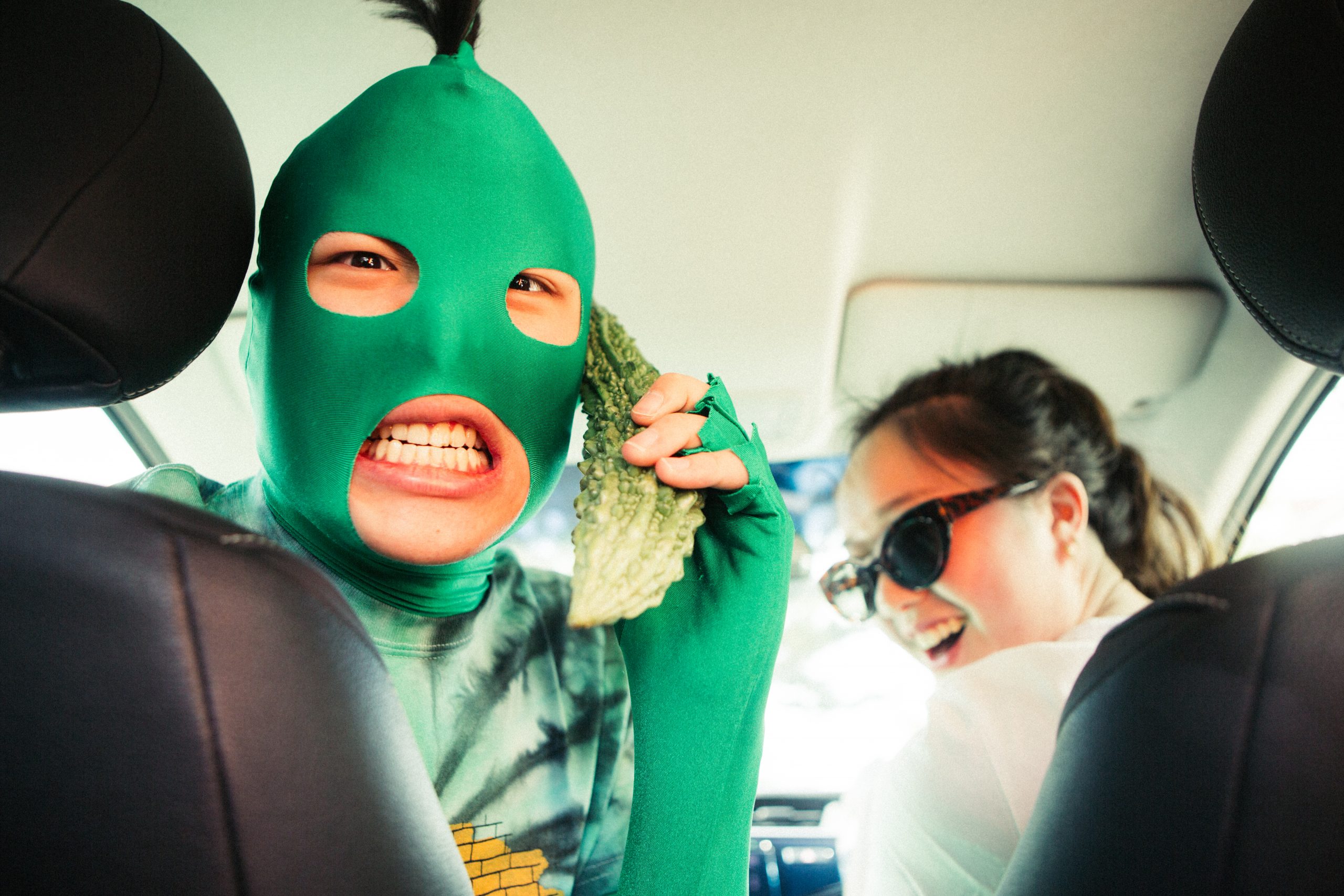
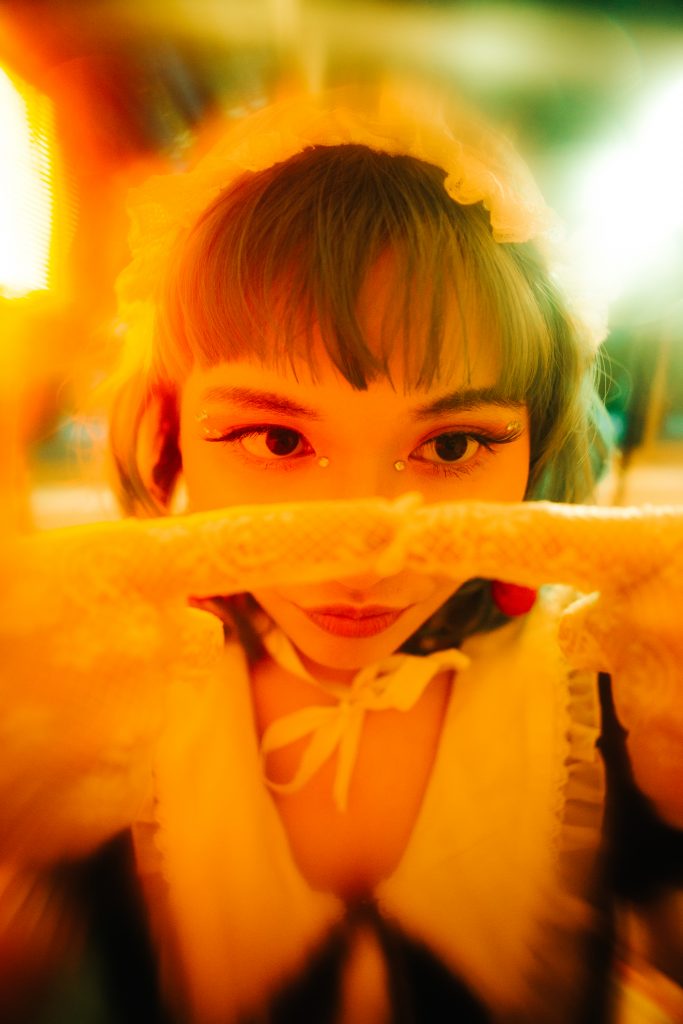
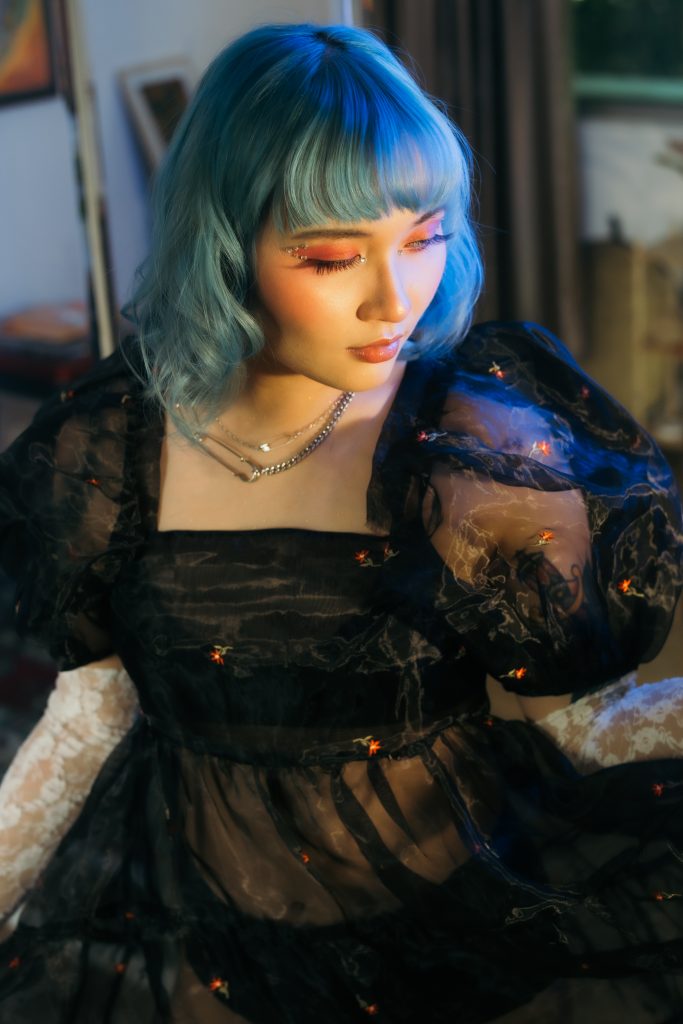
And here we have Celine Autumn from dream pop band, Sobs, and BGourd, a genre-defying boom-bap rapper. Between them and the kids above, we can see that even within subcultures there are distinct sections of people with different tastes, personalities. Is this diversity something that you appreciate?
Chris Sim: 100%! Cross-pollination only serves to help everyone grow together right? There’s this inherent mutual curiosity between disciplines, and artists are always looking for new ways to express themselves anyway.
Gigs, for one, bring together creative types from across the spectrum. Imagine this conversation outside the venue, shared over a cigarette or three. Person A goes, “you like shoegaze ah?” B, gently demurring: “oh, I’m not like, into-it-into-it. But yeah man, my ex in Columbia made me watch Lost In Translation before they dumped me, and you know Kevin Shields was on the soundtra–” A interjects: “wah overseas scholar? Study what?” “… film.” And that’s how an MV gets made.
Besides, it’s funny to see gruff hardcore lads lose their shit after Celine Autumn trills “Hi, we’re Sobs!”.
I’d like to hear your thoughts on the subject of authenticity. You’re clearly not spending your time photographing celebrities; those in your photographs are more likely to be into obscure zines, buy cassette tapes or be found at small art shows. Do you think ‘more’ authenticity can be found in such places? And as a photographer, do you think it’s important to capture the essence of a person or environment?
Chris Sim: Authenticity is subjective. I feel like that term has now been co-opted as a marketing buzzword to describe media that doesn’t feel overtly commercial. So I wouldn’t say I seek to capture that in my pictures. I think I prefer photographing people who have things to say that I’m interested in, and oftentimes in the process of making their portraits, we have conversations about their craft, motivations, and so on.
Truly objective documentary photography is, I feel, impossible to achieve. The photographer’s gaze colours every creative decision right until the shutter is released so to that end, any ‘essence’, any truth in the picture, that’s decided by the photographer and the viewer.
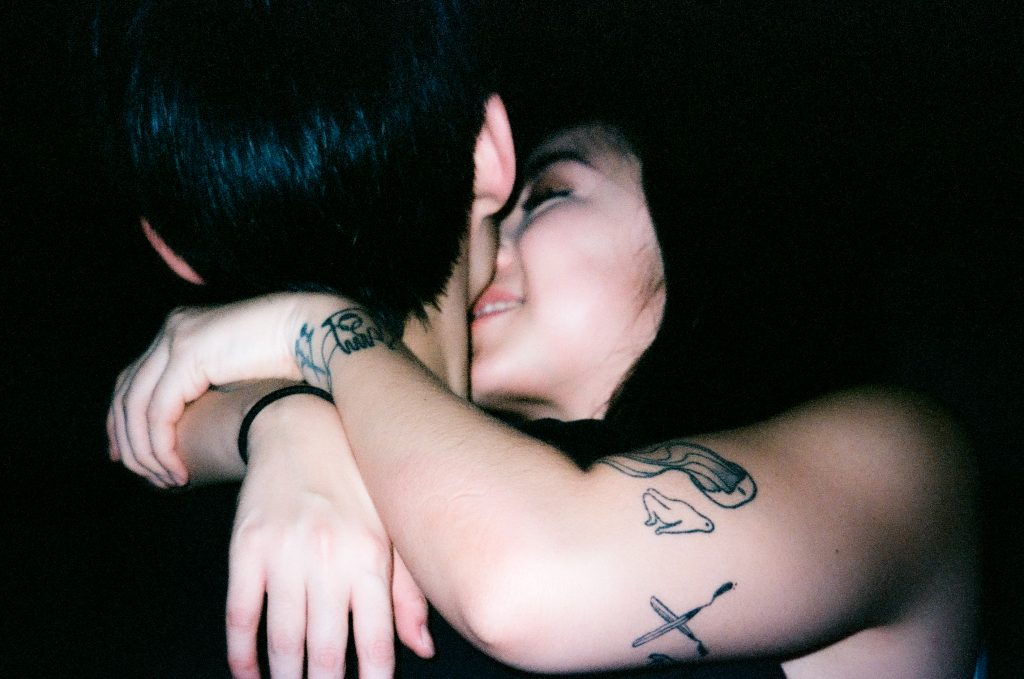
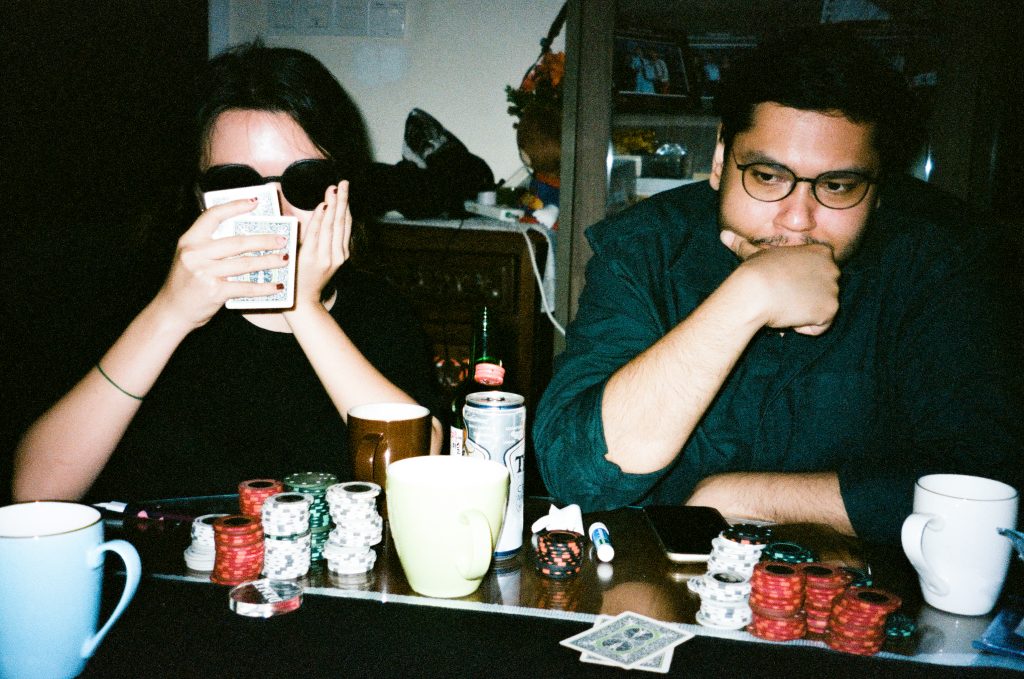
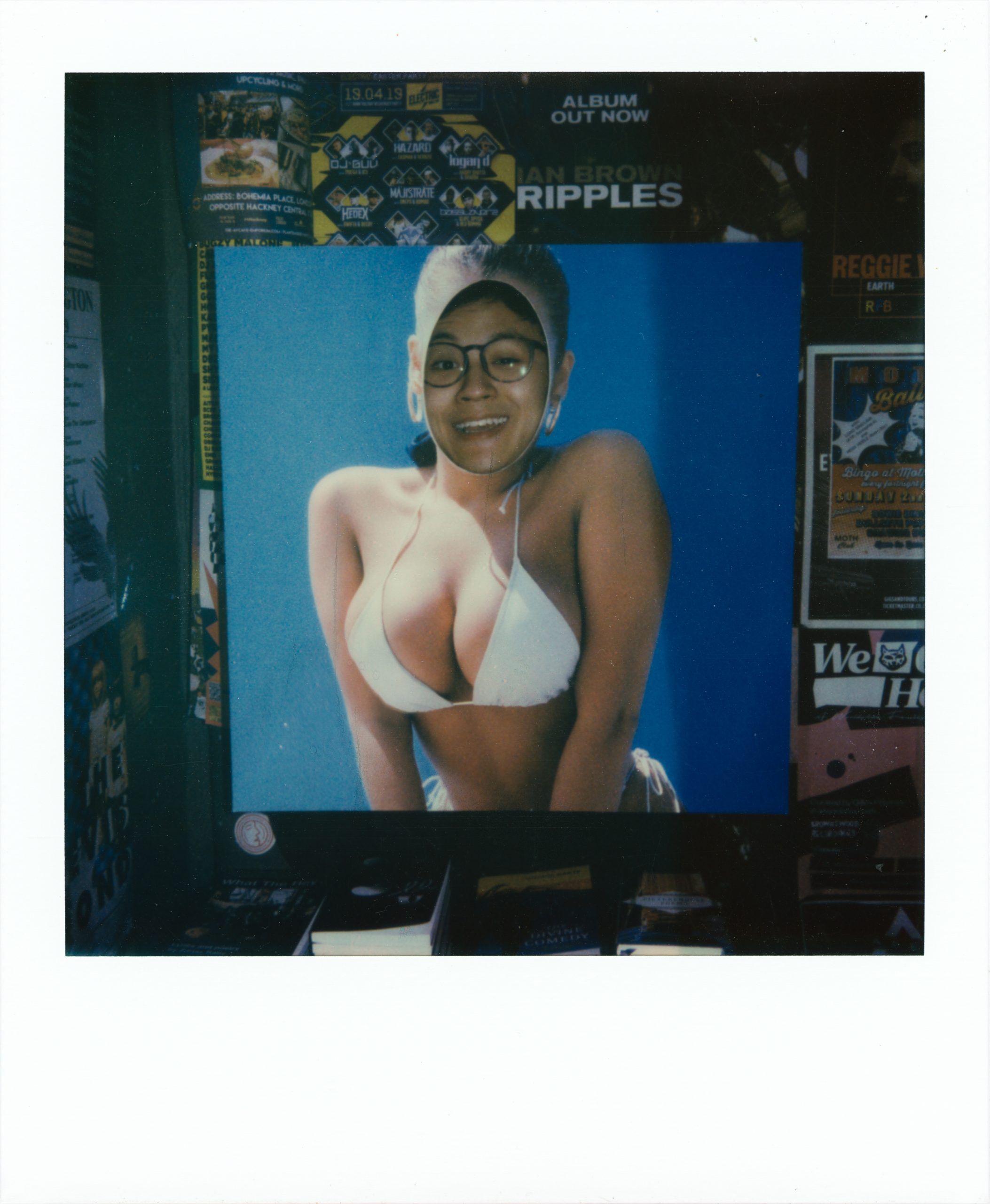
We should also acknowledge that there’s definitely an element of goofishness to your work. Is that a part of your approach?
Chris Sim: My approach is intentionally casual, which I admit can come off as oxymoronic. Even for posed portraits in my personal work, I make it a point to introduce an air of familiarity. The interaction between viewer and subject is powerful. Every element in the picture should be something the viewer picks up on, for them to create their own backstory from these disparate fragments.
Blurry pictures are blurry for a reason. Even if it was unintentional, the decision to share a technically imperfect image is intentional. What does a blurry image in a dark bedroom mean to you, Zac, as a young man who’s a filmmaker and now writer? What would it mean to my mother, who’s been in the printing business for most of her life? And so on.
I establish a set of parameters to photograph in and let myself and my subject(s) move freely within those parameters.
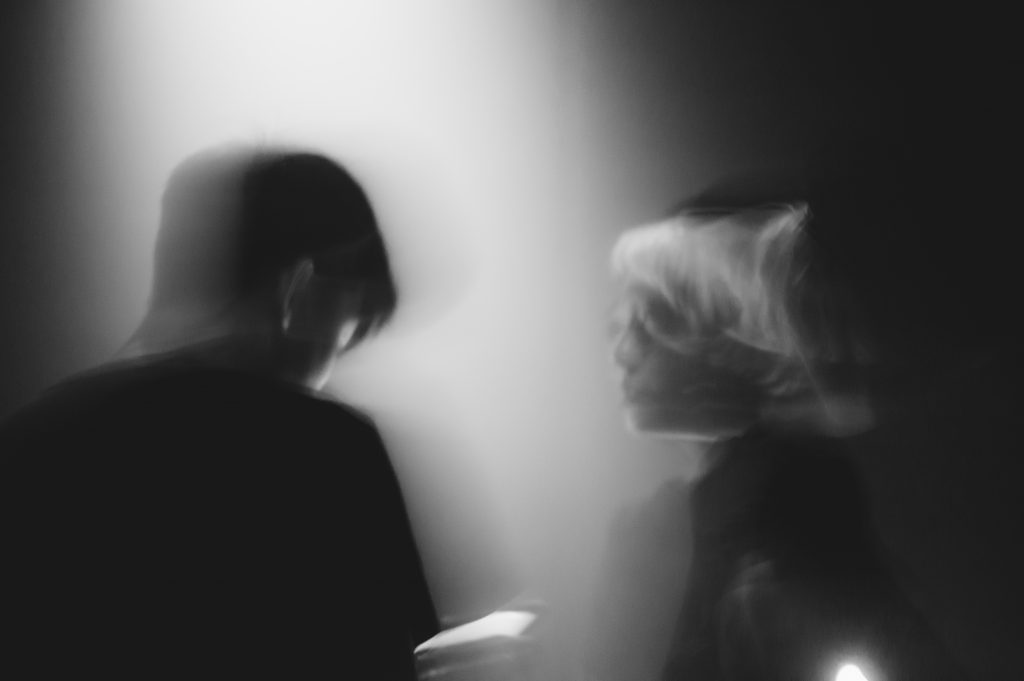
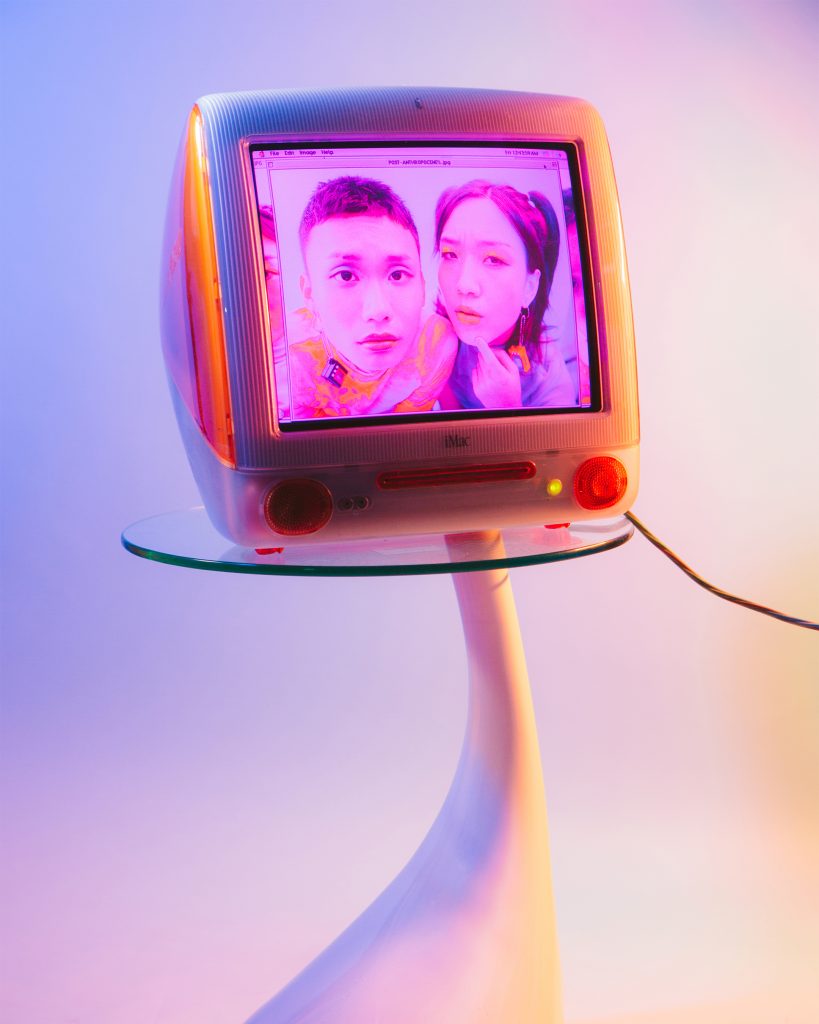
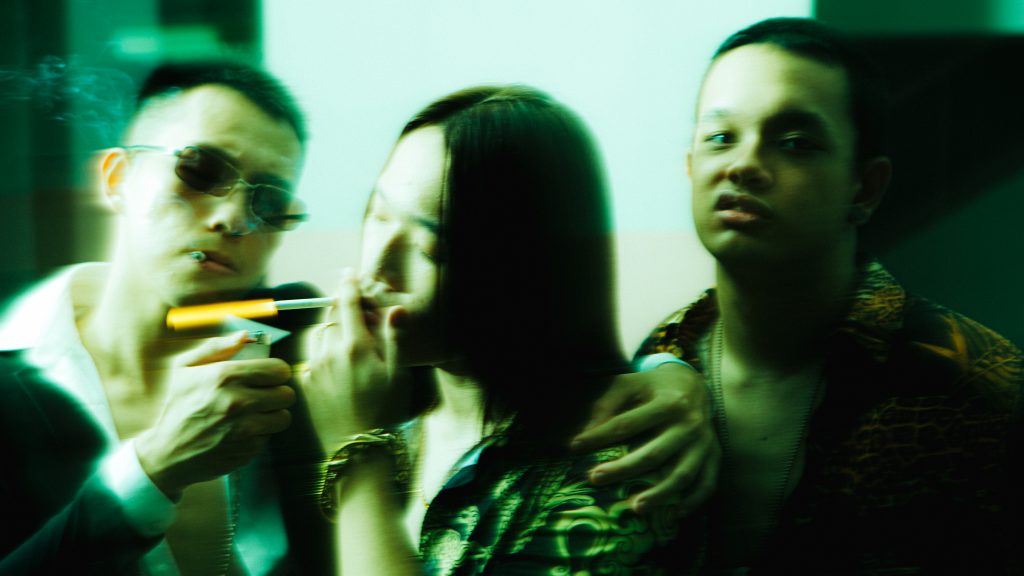
This might not be an easy question to answer, but do you think that the sort of work you create has any sort of importance in our society at large?
Chris Sim: With my personal work there’s never been any intention to make anything that’s valuable to anyone outside of myself and the people in my pictures, so no.
Ultimately, it’s about recording my life and including the context I need to remember what was happening at that moment. I’m making the work for me.
Any closing thoughts? And lastly, if you could choose one photo to end off this series with, which would it be?
Chris Sim: That’s all from me, thank you for taking the time. Here’s a picture of the common toilet outside my studio at Golden Mile Complex. (The photo is of my friend posing in front of a pile of shit, let me know if that’s ok to publish.)
Alternatively, here are three more tame options.
